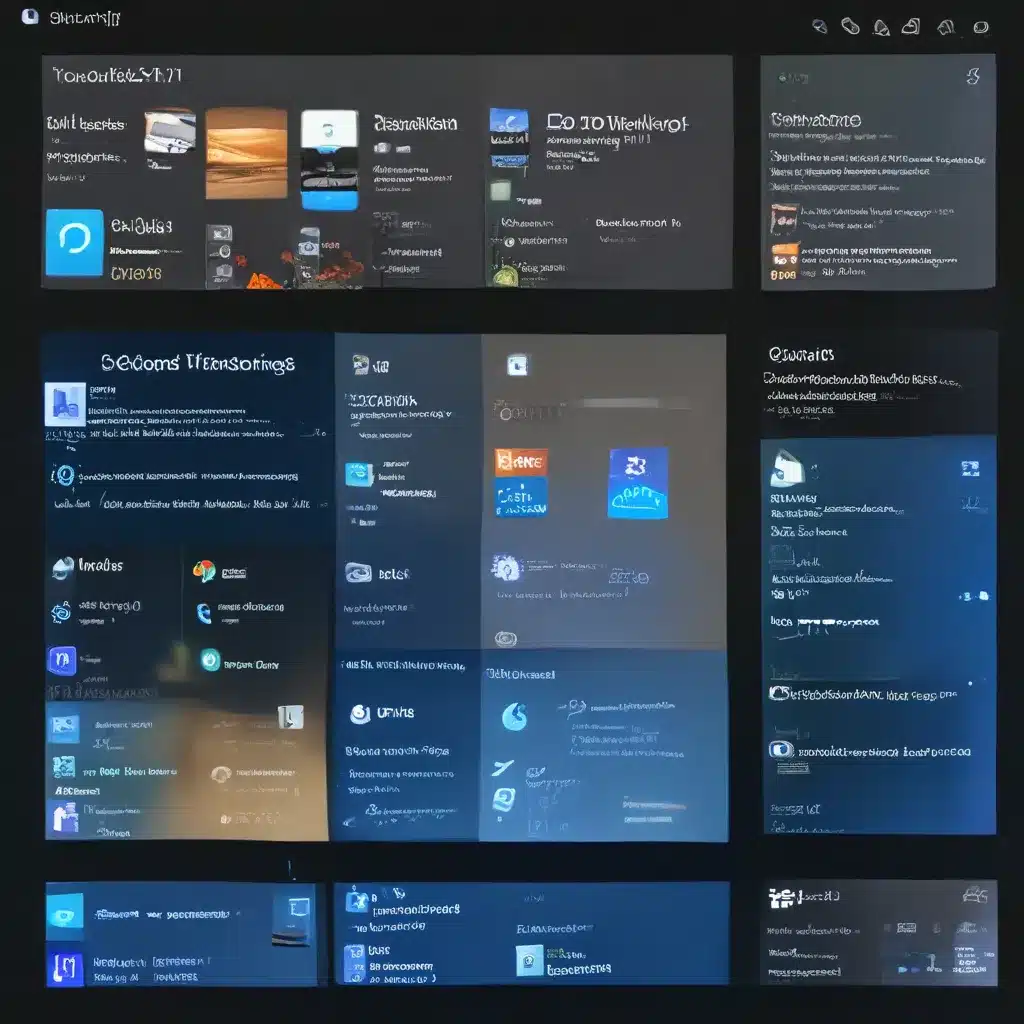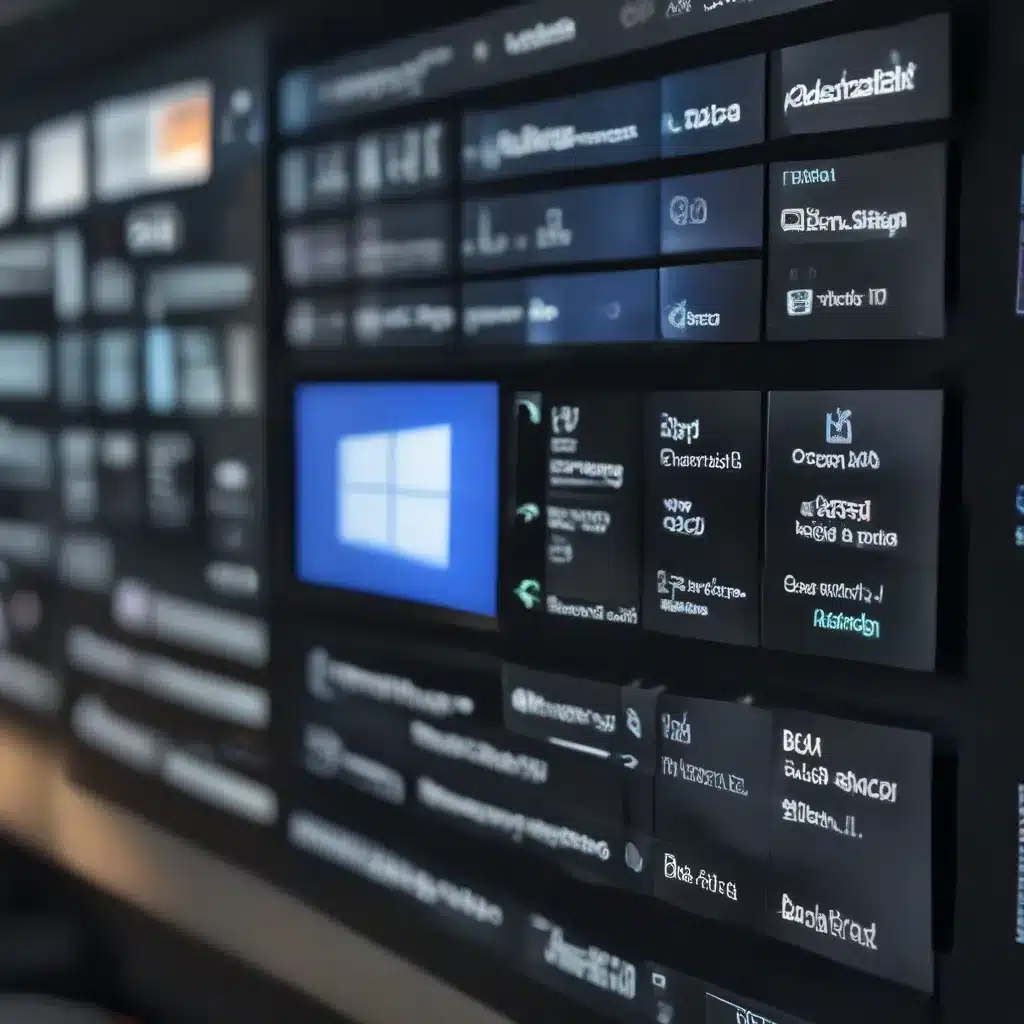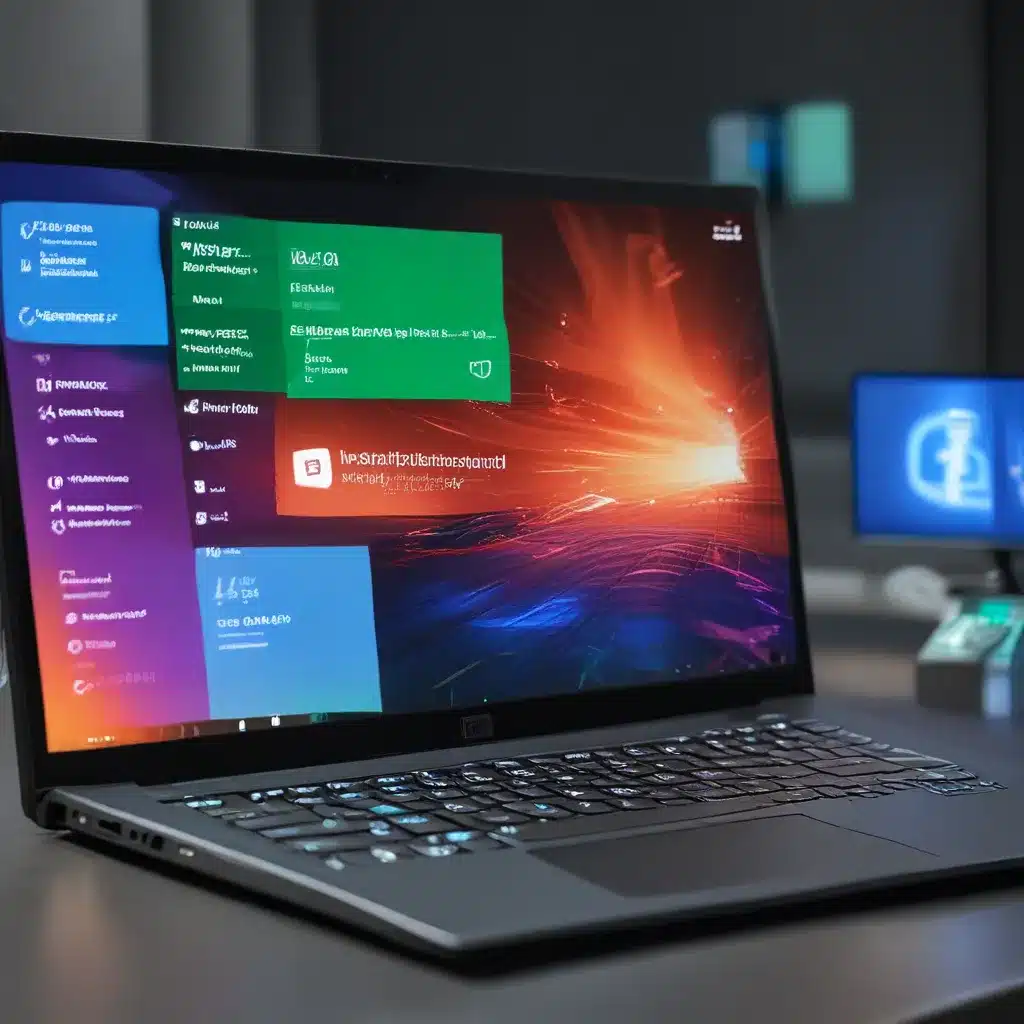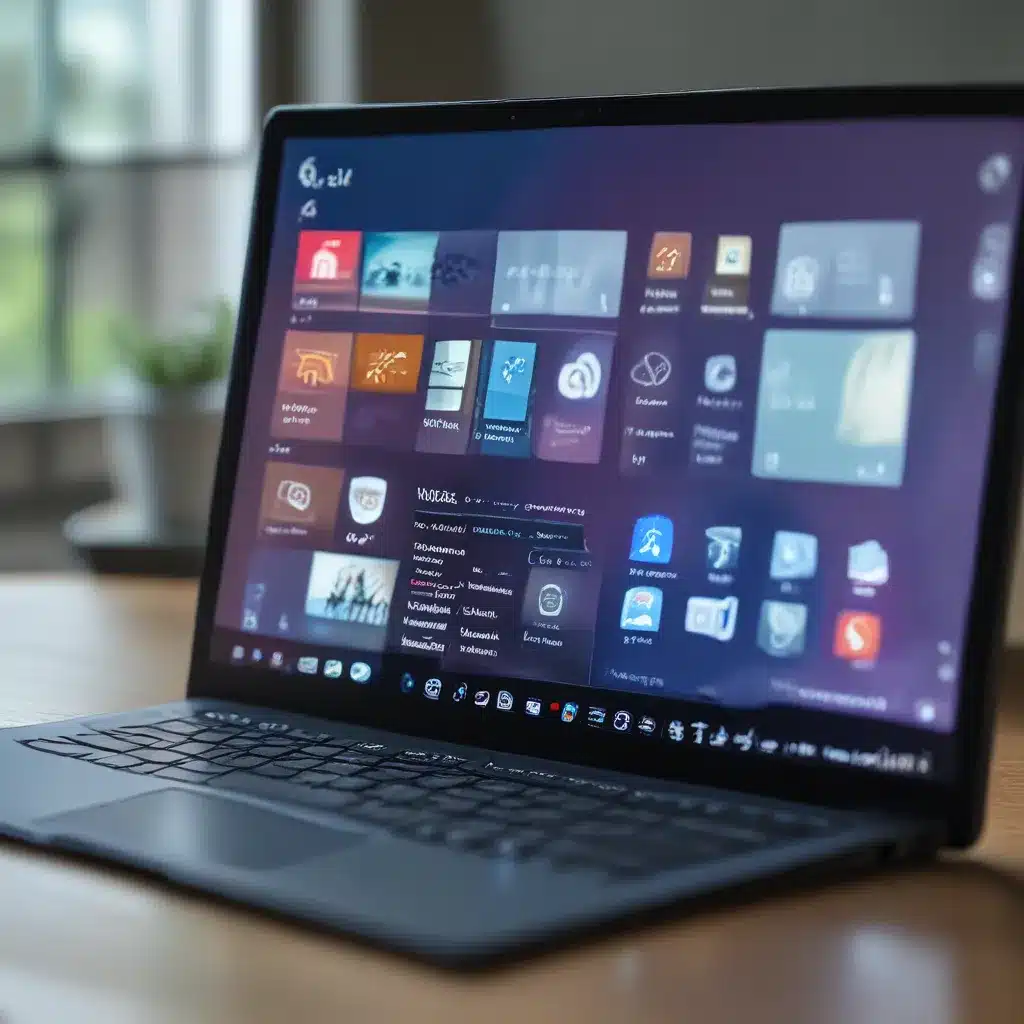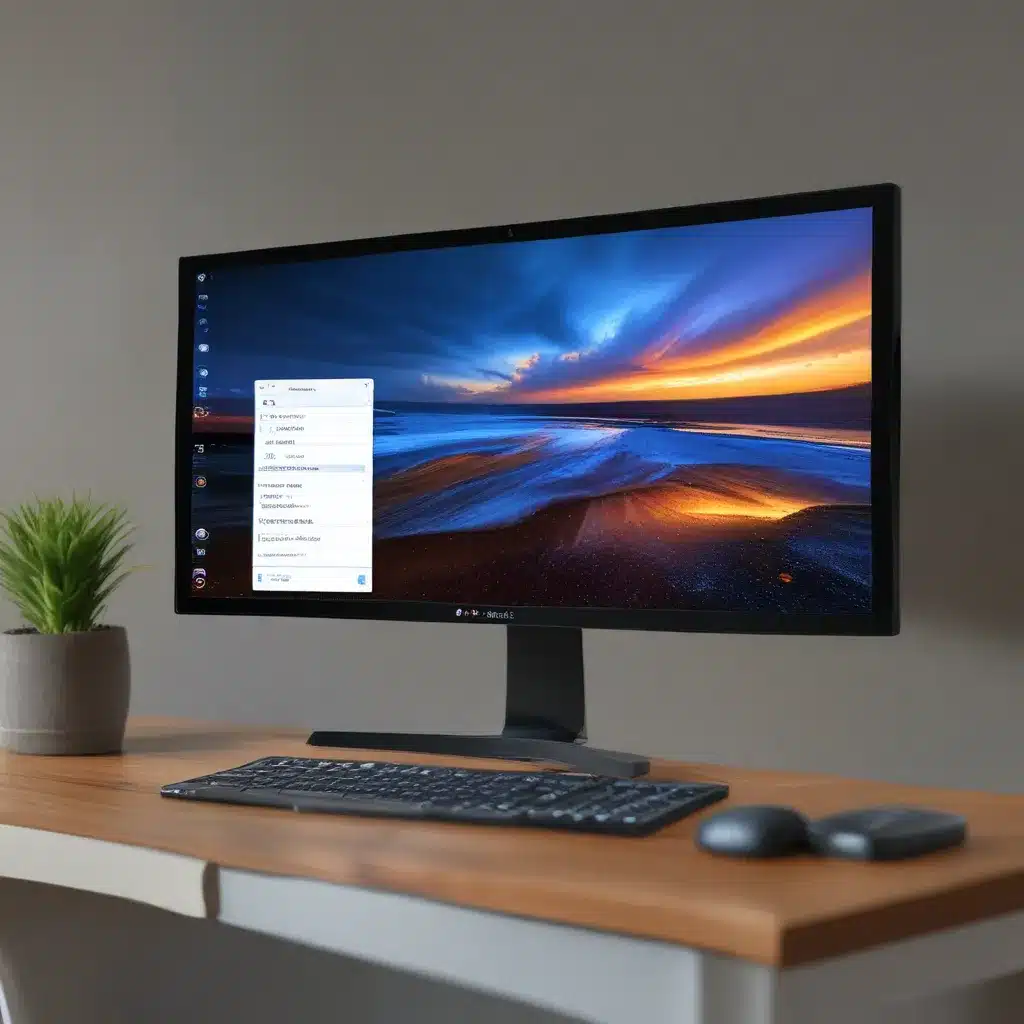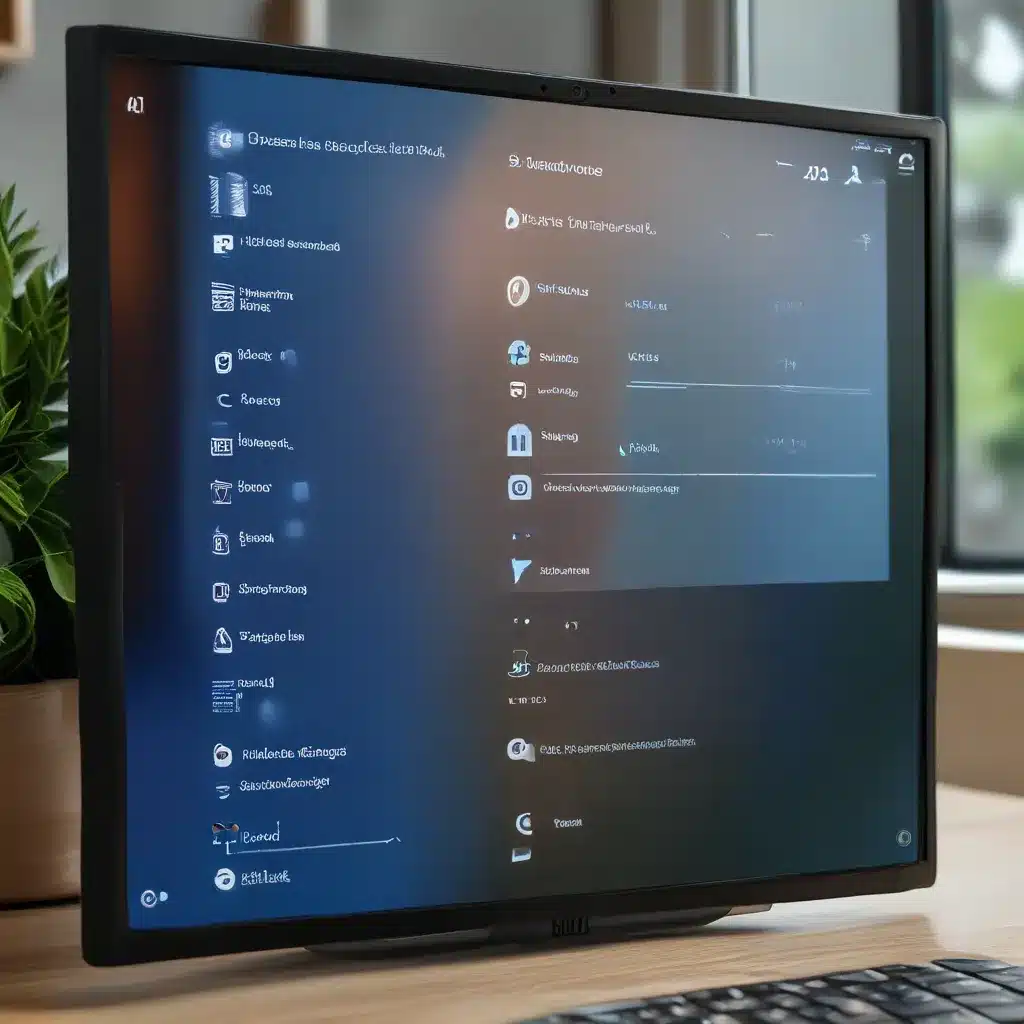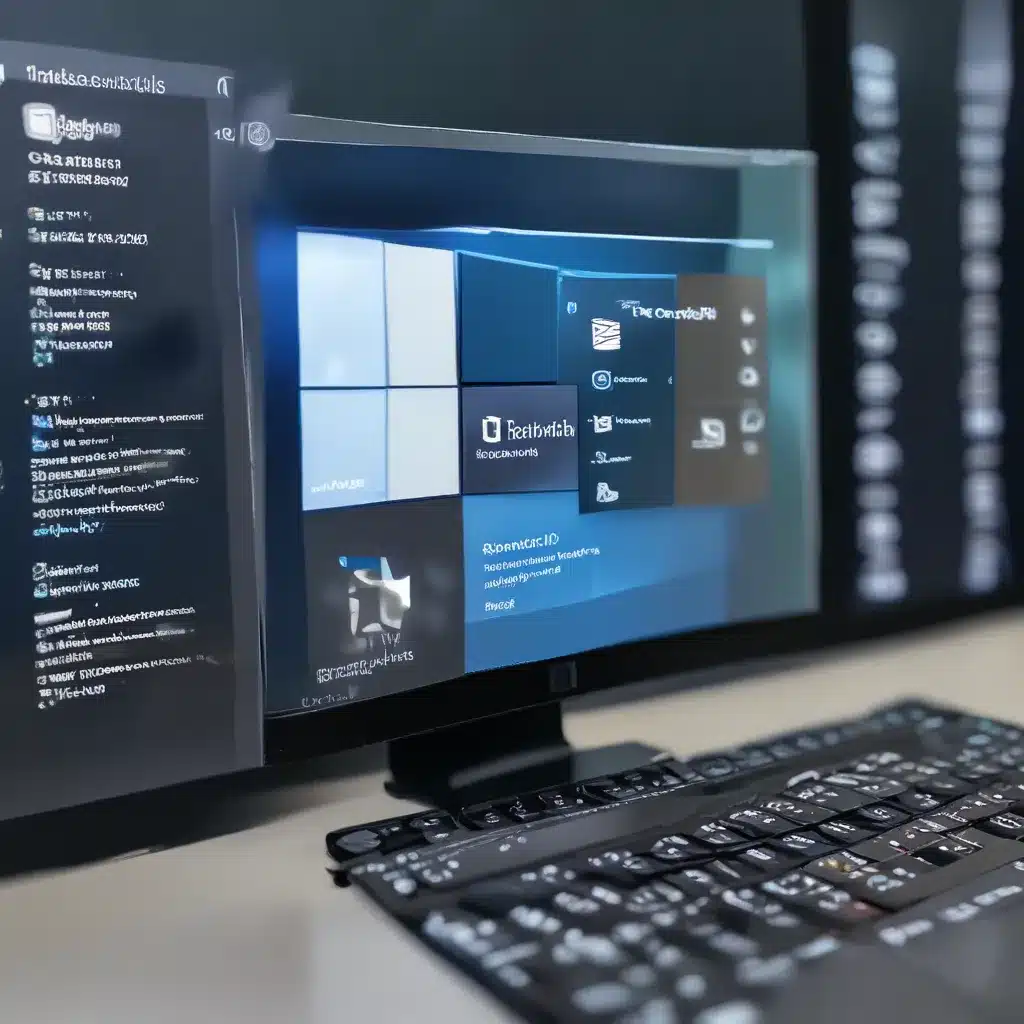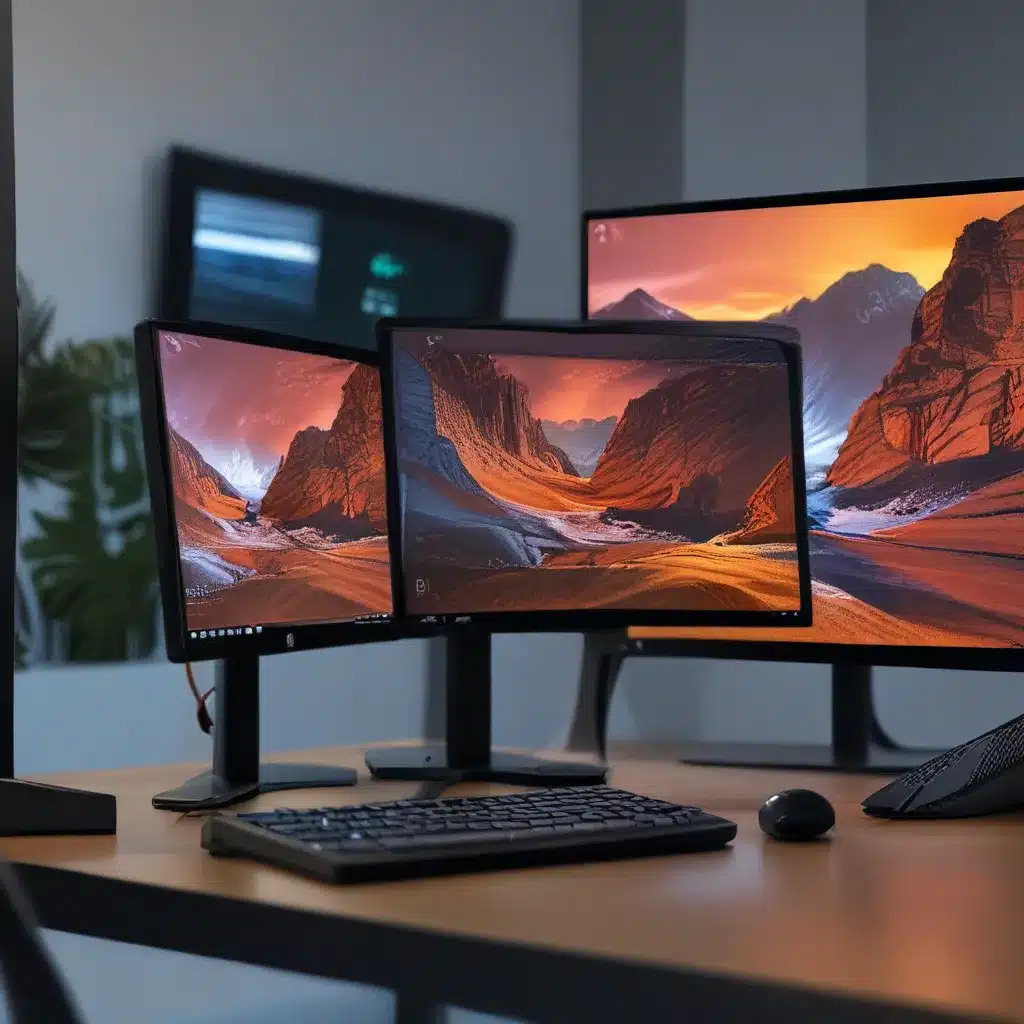The Windows 11 Rollercoaster: A Developer’s Ride
As a developer, I’ve always had a keen interest in the latest operating system updates and previews. When Microsoft first announced the Windows 11 preview, I was equal parts intrigued and apprehensive. Would this be a game-changer for developers like myself, or just another incremental update? Let me take you on a journey as I explore the Windows 11 preview from a developer’s perspective.
Navigating the Developer Preview Landscape
To begin my exploration, I took a deep dive into the resources provided by Microsoft. The Microsoft Learn article on the Developer Preview was a treasure trove of information. It explained that the Developer Preview is a public program that provides early access to upcoming features in Microsoft Teams.
What caught my eye was the fact that the Developer Preview is enabled on a per-client basis, which means I could turn it on for my own machine without affecting the entire organization. This sounded like a fantastic way to test out the new capabilities without disrupting my team’s workflow.
However, the article also warned that features in the Developer Preview may not be complete and could undergo changes before the public release. It’s like being on a rollercoaster – the thrill of exploring new features, tempered by the uncertainty of what might change. But as a developer, I thrive on this kind of challenge.
Enabling the Developer Preview: A Tango with the Manifest
One of the key takeaways from the Microsoft Learn article was the need to use the Developer Preview app manifest schema when making changes to my app. This meant that I couldn’t rely on the familiar Developer Portal for Teams to manage my app. Instead, I would have to manually edit the manifest.json file and upload a zipped version of my app package.
At first, this felt like a bit of a hassle, but the more I thought about it, the more I realized that this approach aligned better with the developer mindset. We thrive on getting our hands dirty, digging into the nitty-gritty of the code, and having more control over the process.
So, I rolled up my sleeves, opened up my text editor, and started tinkering with the manifest.json file. It was like a dance, carefully selecting the right Developer Preview features to incorporate, while ensuring the rest of the app remained intact. The article’s guidance on enabling custom app uploads and the Developer Preview switch for my organization was invaluable in this process.
Discovering the Hidden Gems
As I navigated the Developer Preview, I couldn’t help but feel a sense of excitement. Sure, there were some features that weren’t quite ready for prime time, but that’s the nature of a preview – it’s a glimpse into the future, with all the rough edges still intact.
One feature that caught my eye was the ability to explore and test upcoming features for potential inclusion in my Teams app. This was music to my ears! As a developer, I’m always on the lookout for new tools and APIs that can help me push the boundaries of what’s possible. The article on Generative AI for Developers further piqued my interest, hinting at the potential for exciting new integrations and capabilities.
I couldn’t wait to dive in and start experimenting. It was like being a kid in a candy store, with all the latest and greatest toys at my fingertips. Of course, I had to keep in mind the caveats – the features might not be fully baked, and I couldn’t expect the same level of stability and support as the public release. But that’s the price you pay for being an early adopter, and I was more than willing to pay it.
Embracing the Unexpected
As I continued my exploration of the Windows 11 Developer Preview, I encountered a few surprises along the way. Some features that I initially thought would be game-changers ended up feeling a bit underwhelming, while others that I had overlooked turned out to be absolute gems.
For example, the much-touted visual overhaul of the user interface didn’t really move the needle for me. Sure, it looked sleeker and more modern, but as a developer, I was more interested in the underlying functionality and how it would impact my app development workflow.
On the other hand, I was pleasantly surprised by the improvements to the Windows Subsystem for Linux (WSL). The ability to seamlessly integrate Linux-based tools and workflows into my Windows environment was a game-changer. It opened up a whole new world of possibilities, allowing me to leverage the best of both worlds.
These unexpected twists and turns kept me on my toes, constantly reevaluating my assumptions and adapting my strategies. It was a bit like navigating a winding mountain road – just when you think you’ve got it figured out, the landscape shifts and you have to adjust your course.
Embracing the Feedback Loop
One of the things I really appreciated about the Windows 11 Developer Preview was the emphasis on feedback and collaboration. The Microsoft Learn article made it clear that the company was actively seeking input from developers like myself, and they were committed to incorporating that feedback into the final product.
This was music to my ears. As a developer, I thrive on the opportunity to shape the tools and platforms I use on a daily basis. The chance to provide direct input on the features and functionality of Windows 11 was simply too good to pass up.
So, I made sure to leverage the various channels available to me – from the official Microsoft Teams Developer Preview forums to the Windows Developer Portal. I shared my experiences, both positive and negative, and engaged in thoughtful discussions with the Microsoft team and other developers.
It was a refreshing change of pace from the typical one-way street of software development, where users are often left in the dark until the final product is unveiled. This time, I felt like I had a seat at the table, and that my voice was being heard.
Embracing the Unpredictable
As I continued my journey through the Windows 11 Developer Preview, I came to realize that the only constant was change. Features that I had initially dismissed as inconsequential suddenly became critical, while others that I had pinned my hopes on ended up falling short.
It was a rollercoaster ride of emotions, with moments of pure excitement and others of sheer frustration. But through it all, I kept my sense of adventure and my willingness to adapt. After all, isn’t that what being a developer is all about?
I’m reminded of a quote from the ITFix team: “The only constant in technology is change.” And that’s never been more true than with the Windows 11 Developer Preview.
As I look ahead to the final release of Windows 11, I can’t help but feel a sense of anticipation. What new surprises will it hold? What unexpected features will emerge? And most importantly, how will it shape the future of my own development work?
Only time will tell. But one thing is certain – I’ll be strapping myself in for the ride, ready to embrace the unpredictable and to continue exploring the boundaries of what’s possible.

